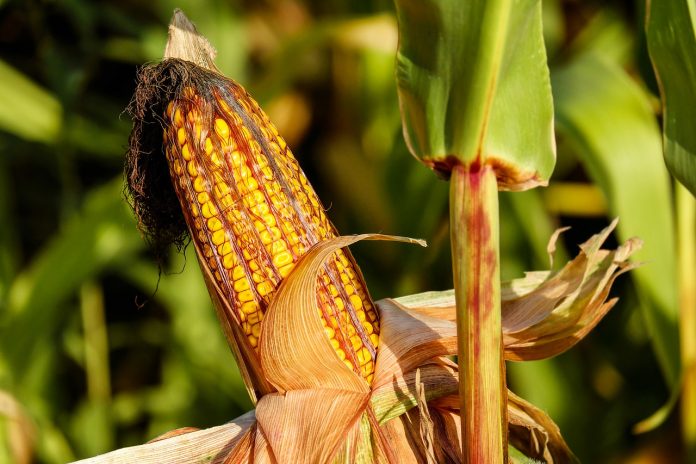WASHINGTON — The U.S. Department of Agriculture recently announced the release of a report studying the lifecycle greenhouse gas (GHG) balance of corn ethanol.
The report, A Life-Cycle Analysis of the Greenhouse Gas Emissions of Corn-Based Ethanol, finds GHG emissions associated with corn-based ethanol in the U.S. are about 43 percent lower than gasoline when measured on an energy equivalent basis.
Unlike other studies of GHG benefits, which relied on forecasts of future ethanol production systems and expected impacts on the farm sector, this study reviewed how the industry and farm sectors performed over the past decade to assess the current GHG profile of corn-based ethanol.
Greater benefits
This report found greater lifecycle GHG benefits from corn ethanol than a number of earlier studies, driven by a variety of improvements in ethanol production.
Farmers are producing corn more efficiently and using conservation practices that reduce GHG emissions.
Corn yields are also improving: Between 2005 and 2015, U.S. corn yields increased by more than 10 percent. Between 2005 and 2015, ethanol production in the U.S. also increased significantly, from 3.9 to 14.8 billion gallons per year.
Better technology
At the same time, advances in ethanol production technologies, such as the use of combined heat and power, using landfill gas for energy, and co-producing biodiesel helped reduce GHG emissions at ethanol refinery plants.
By 2022, given current trends, the GHG profile of corn-based ethanol is expected to be almost 50 percent lower than gasoline primarily due to improvements in corn yields, process fuel switching, and transportation efficiency.
The report also examines a range of factors that could enhance the GHG benefits of corn ethanol production and provides estimates of how those factors change ethanol’s lifecycle GHG emissions.
For example, the report examined the benefits of improving the efficiency of ethanol refinery plants and adoption of additional conservation practices on farms.
The reasons
There are several reasons this report found greater lifecycle GHG benefits from corn ethanol than earlier studies.
Previous estimates anticipated that growing corn to produce ethanol would result in “indirect land use change” — in other words, land would be converted from grasslands and forests to commodity production as a result of increased demand for corn used in ethanol production.
Lower emissions
But based on new data and research, there is evidence that while land use changes have occurred, the actual patterns of changes and innovation within the farm sector have resulted in these indirect emissions being much lower than previously projected.
Recent studies of international agricultural land use trends show that the primary land use change response of the world’s farmers from 2004 to 2012 has been to use available land resources more efficiently rather than to expand the amount of land used for farming.
Instead of converting new land to production, farmers in Brazil, India and China have increased double cropping, expanded irrigation, reduced unharvested planted area, reduced fallow land and reduced temporary pasture.










